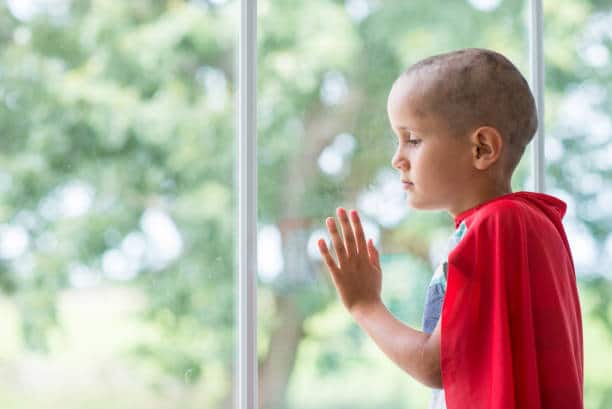Being a child is one of the most carefree times in our lives. To have the ability to explore the world without worry and express ourselves freely is a moment we sure do miss as we get older. Little do we realize that society trains us at a very young age a plethora of visionary beauty standards to follow, one of them being something so benign- hair. I remember growing up and not being able to relate to any Disney princesses because I didn’t have long, exquisite, straight hair like them. Even though my hair didn’t meet the standards of any princess I saw on tv, I wondered, well, what about the children who didn’t have any hair or those suffering from hair loss?
Hair loss in children is a complex problem caused by many factors. The most common cause of hair loss in children is called Alopecia Areata. This hair loss usually starts with one or more round patches of hair loss on the scalp, followed by gradual hair thinning throughout the scalp. Children who experience hair loss due to an illness or trauma can be affected psychologically and socially by this condition. Parents and guardians need to work with these children to provide them with the emotional support they need to fight back.
Physical changes in appearance are never easy for a child to cope with, but shifting through each developmental age brings about different levels of awareness and understanding. Children experiencing hair loss may not be aware that other people lose their hair as they grow older because it’s not something they often see in movies or on tv. Society has become so self-engrossed with hair that children experiencing hair loss feel ostracized by their peers because very few others can relate. They may begin to blame themselves for losing their hair based on comments made by others or by noticing when they look different than before or compared to their peers. Children who go through this type of trauma suffer from anxiety and depression, and they fear social judgment and don’t want to wear certain clothes that show the baldness of their scalp. Children with Alopecia Areata are also at risk of being bullied because they may have noticeable bald patches on their heads or around their ears. Losing hair is a traumatic experience for a child, and finding the right words to say to them can be challenging.
I will never forget my struggle with accepting my hair’s flaws. I found myself constantly searching for validation from my peers and within because I was frequently consumed with the appearance of my hair. Everyone loves a good hair day, but for many, it’s not a luxury like others. The pressure and political implications of our hair length, texture, and appearance can make loving your hair seem impossible. It is important to teach not just about loving your hair in the mirror, but that the length, texture, or color of our hair does not define us and tells a story about who we are.

